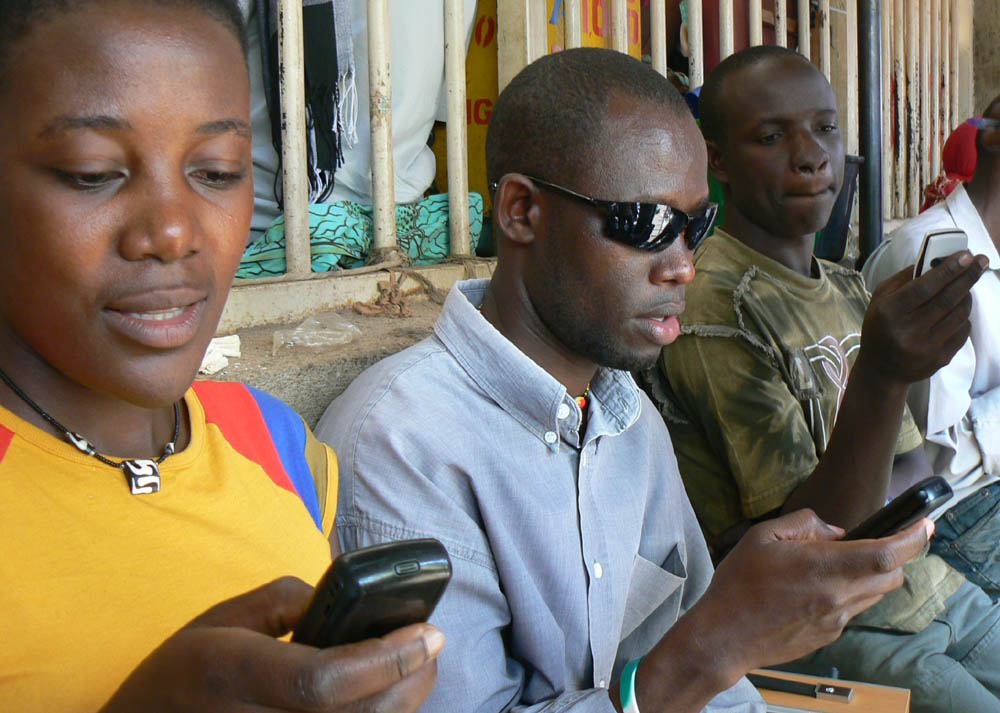

There has been no major journalism or media event in recent years without the word “digital” on the agenda. Digital gurus evangelize journalists about how easily they now can reach people anywhere in the world.
There is no doubt that journalistic content, bad or good, in today’s age makes it to unknown corners of the world and reaches larger swathes of readership than ever before. And there is no doubt that the internet has hobbled vast parts of media industries.
But how many people can, in fact, surf the internet ad infinitum is a different story. The most connected people today are in places where journalism is facing the fewest problems (although it still goes through painful changes), and, ironically, they pay the least for their internet connection.
Elsewhere, the internet remains a significant cost for its users and in many countries in the global south it’s a luxury.
Back in the 2000s, the price of fixed broadband dipped all over the world. But since 2013, this trend stopped. Overall, the cost of fixed broadband stagnated whereas in developing countries it started to grow, according to data from the ITU, which found this trend “alarming.”
Europe remained in recent years the place with the most affordable internet price, followed by countries in the former Soviet Union, the Americas, Arab States and Asia-Pacific.
Tweet
In Europe in 2014, the U.K. was the cheapest destination for fixed-broadband service followed by Switzerland, with 0.47% and 0.49% respectively, of the per capita gross national income (GNI), an indicator used to define the total income for a country.
In Africa, overall, that figure was 180% of the GNI, according to ITU data for 2014, recently released. In countries like Chad or Rwanda, that figure was somewhere at 698% and 830%, respectively, not to mention anomalies like the Democratic Republic of Congo with 1,111% or Central African Republic with nearly 2,200%.
In raw words, it hurts a Central African citizen nearly 4,700 times as much as a Brit to pay for a fixed-line internet connection.
But there is a solution for it: mobile.
Mobile penetration has grown everywhere at an unabated pace for the past decade. There are some 7.1 billion mobile subscriptions worldwide today, somewhere close to 95% of the globe’s souls.
Much of this growth was also spurred by lowering costs for mobile use. By 2014, in developing countries the mobile cellular basket was down on average to 5.6% of the GNI per capita from 11.6% six years earlier. In the poorest countries in the world, it dived from 29% in 2008 to 14%.
Increasingly, mobile broadband seemed to fill the gap in the fixed internet. Between 2013 and 2014, the price of mobile internet service dropped by up to 30% globally. For many in poor nations, this is the most affordable way to go online.
Still, discrepancies remain.
The cheapest country for mobile internet in the world is Finland with 2.91 international dollars (an indicator used to express the real value of a product based on parity with a country’s local currency) per 500 MB, according to data from the ITU.In reality, with some €10 (US$ 12.5) a month Finns would have access to a 21 MB/s 3G connection. In contrast, this service, in the cheapest African mobile internet market, Mozambique, is twice that. In 2015, Finns on average earned over €3,300 (US$ 3,600) a month. In Mozambique, people earned on average at least six times less.
But Mozambique’s low cost comparative to its African peers is in reality the result of fierce competition for customers in a country with one of the lowest mobile penetration rates in the continent. Movitel, a company controlled by the Vietnamese army-owned Viettel, was the third mobile operator to enter the Mozambican market back in 2012, bringing fresh competition to Vodacom and mCel.
Mobile is growing and is probably going to remain the key driver behind internet spread in poverty-stricken markets. But there is a long time until this service will become truly affordable for many of these nations.
This means information will remain a high expenditure in the global south for many years to come, something not often said in all those glitzy gatherings of digital gurus.
Photo: Ken Banks, Kiwanja.net
Two intrepid journalists embarked on an investigation into the unjust conviction of a Czech man,…
Every year, a journalism class at a Vienna-based university unearths attention-grabbing stories. The idea of…
The decision sets a dangerous precedent, giving authorities the power to fine media as they…
With the foundation recognized as a major supporter of independent journalism, its decision is bad…
The closure of Tele Liban raises concerns about the future of the station and its…
The arrest of Mehdi and Majid Nikahd serves as a stark reminder of the challenges…